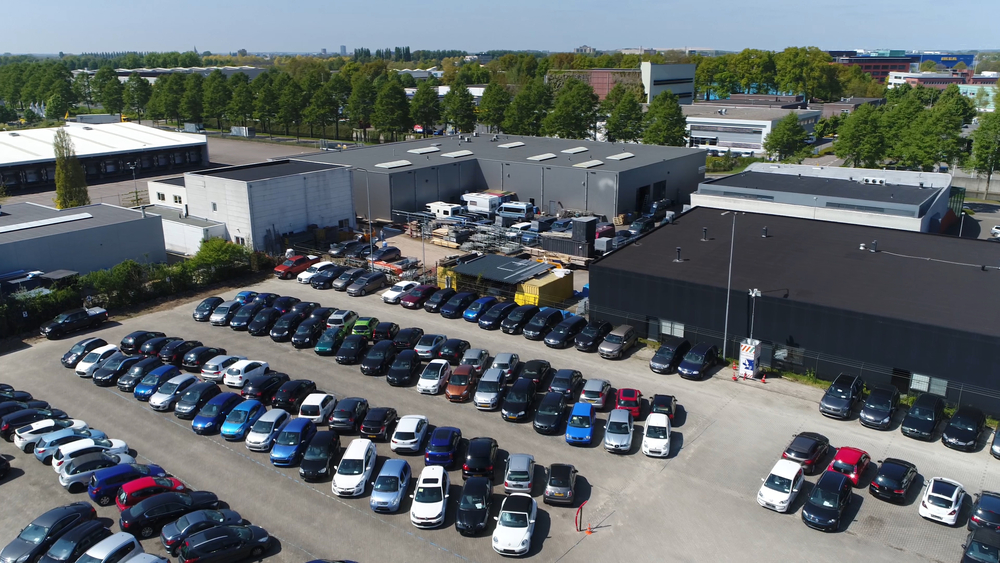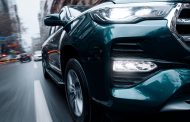Back for the first time since 2018, the Beijing Motor Show opened last week with the largest and most diverse array of electric and hybrid vehicles on the planet. But the $64,000 question is — just how many will ever make it to the U.S.?
So what stood out at the world’s biggest and most advanced auto show?
As expected, among the approximately 1,500 auto and parts makers exhibiting this week, Chinese automakers stole the show with a mix of new models from BYD, BAIC, Changan, Chery, Denza, Dongfeng, Exeed, Fang Cheng Bao, GAC, GMW, iCar, Lynk&Co, MG, Mona, Nio, Onvo, XPeng, Yangwang and Zeekr, just to name a few.
But even with renewed consumer confidence at home, the writing is on the wall. As you can see from the abbreviated list above, there are just too many Chinese carmakers. One estimate puts that total at close to 100 carmakers, and when the dust finally settles, only around a dozen are expected to remain.
In an already overcrowded market, oversupply and falling demand are leading to price wars and copycatting as more manufacturers mimic the exterior and interior of rival European brands. And it seems that success in the U.S. market will be a make or break moment for many of these carmakers with significant hurdles to clear. More on that below.
A perfect example of this mimicking was the sleek BYD-owned Fang Cheng Bao Super 9 roadster that looked like a cross between an Italdesign Aztec and an SLR McLaren Stirling Moss supercar. And from the rear, the Yangwang U9’ rear end appears to have sought a generous amount of inspiration from the Porsche 911 and Audi R8 while the Zeekr Mix EV borrows design hints from VW’s popular I.D.Buzz.
While Mercedes-Benz, BMW, Volkswagen, Toyota and Mazda turned up also, the show was still basically a domestic-heavy show debuting models that will only be sold at home. When you look at the disconnect between a country that boasts so many carmakers, the world’s highest car production and sales records and a market that leads the world in EV, battery, AI and self-driving tech, against the fact that none of the above is available in the U.S. yet, then one can only scratch one’s head at the strange parallel universe that exists.
Put bluntly, on the western side of the Pacific Ocean, China is an automotive juggernaut redefining the car industry from the ground up, while on the eastern extremity of the Pacific, America remains a forbidden place for China’s autos.
And why? The biggest challenge to Chinese carmakers selling in America is not price or sales tariffs. It’s a lack of dealer networks. Simply put, Chinese automakers do not have distribution channels in the country yet. While Geely-owned Volvo might have a small presence in the U.S., basically every other Chinese carmaker is faced with the difficult task of establishing a sales network from scratch.
Even though Chinese EVs are around $20,000 cheaper on average, they’d also have to create dealer networks and assemble batteries and cars locally to benefit from the Inflation Reduction Act of 2022 that allows carmakers to reduce prices using a $7500 tax credit for locally produced products.
Given that few Chinese models seen in Beijing will ever make it to the U.S., what does have meaning for the international car industry are the new solid state energy packs, the plug-in hybrids with a range of 1250 miles, and EVs that retail in China for the equivalent of $7,500, proving that it is possible to make a reasonably-priced EV. For the record, the lowest priced EV sold in America right now is the Nissan Leaf starting at $29,255.
Just how Chinese cars are received in the U.S. in the near future appears to rest on the result of the upcoming presidential election, with Donald Trump having already stated that if the Chinese build products in Mexico, then he will slap “a 100% tariff on every car coming across the line.”






